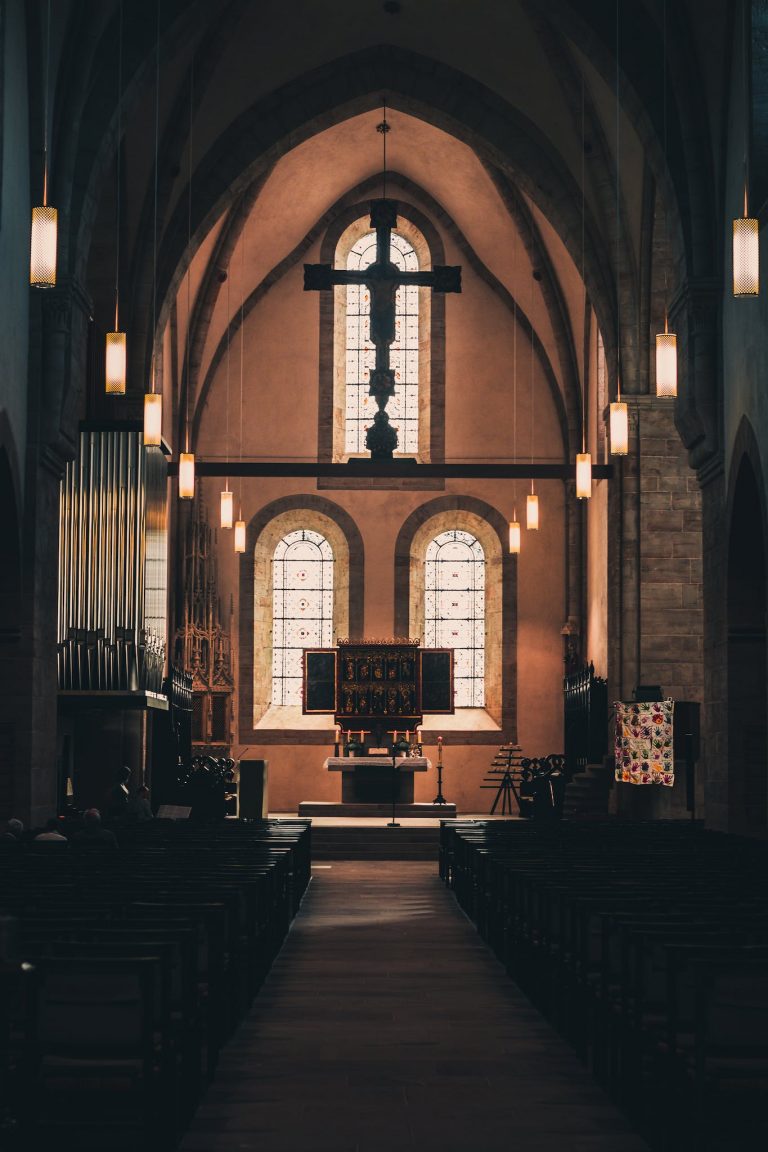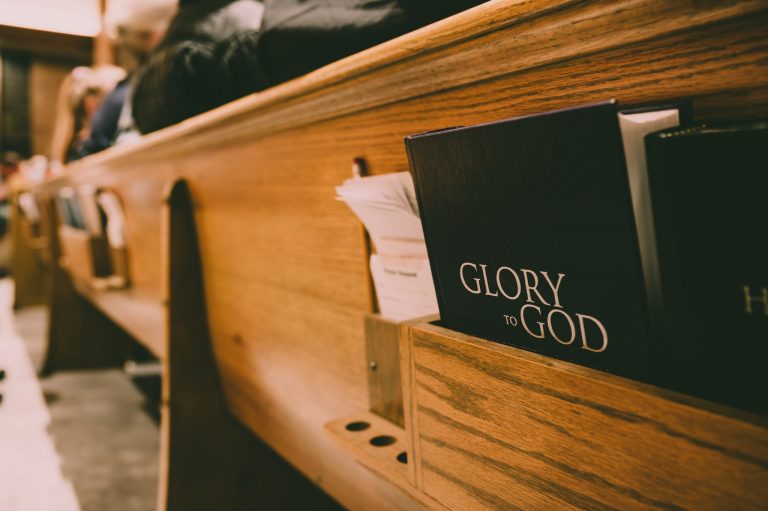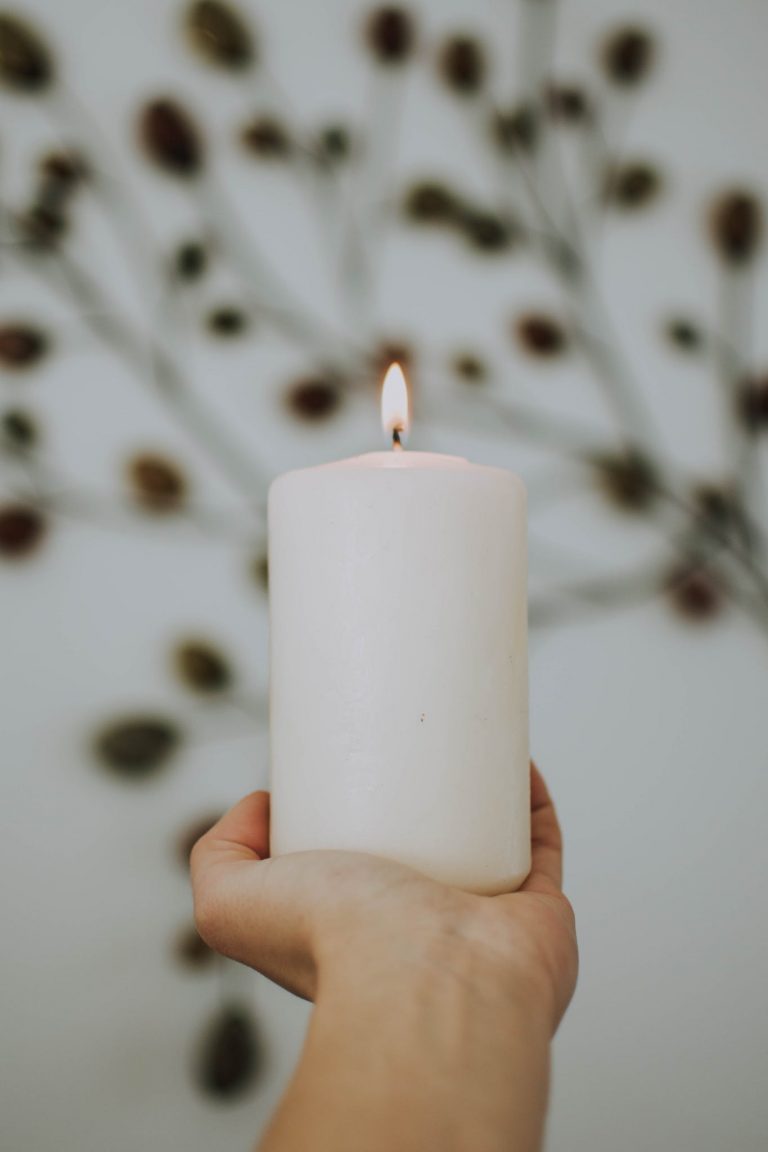Clinton McCurbin died, or was killed, on 20th February 1987, as Police arrested him in the NEXT shop in Wolverhampton town centre. He was making a purchase when the shop assistant suspected he was using a stolen Bank Card. Police were called. Clinton died while he was being arrested. The story going around town was that Police had a knee over Clinton’s neck, in a head-lock, to hold him down during arrest, and he died of asphyxia. This incident unleashed a fury of anger at what was termed “police racism and violence”.
A national march against police racism and violence was organised in Wolverhampton on 7th March 1987. A crowd from all over the country was expected. Many in Wolverhampton stirred up fears of “War in Wolverhampton”. The local Express and Star newspaper carried a front-page headline centred on the fear of violence. Local people were advised to stay away from the town centre on the day of the march for their safety. Shops along the route of the march were encouraged to board up their windows and doors. Faith leaders, of all faiths, advised their communities to keep away from the march, and not support it because it was expected to be violent, and they did not want to be seen to be endorsing violence. Some of them gave interviews on local radio to this end. Members of a Church along the proposed route of the march prayed for snow on the day of the march, hoping this would lead to its cancellation. The fear of violence was real and deep.
I had a town centre office and ministry in Wolverhampton as co-ordinator of the Wolverhampton Interfaith Group at the time. My Methodist leaders, whom I respected greatly, had also asked all Methodist Church members and ministers to give no support to the march. My office was on Queen Street, opposite Express and Star offices, little more than a hundred yards from the spot where Clinton died.
I recall quizzing in my mind as to whether, as a faith leader it would be appropriate for me to go against the advice of my seniors and join the march. Wolverhampton Interfaith Group looked to me for leadership and direction. I decided to join the march, and announced this through interfaith networks, inviting any faith-based person wanting to join me on the march to meet me in the Friends Meeting House half an hour before the commencement of the march.
On the actual day of the march, it snowed, quite heavily! We had blizzard like snow conditions. This drastically reduced the numbers who turned up. Instead of the anticipated 10,000 crowd, around 1000 were there.
Twelve people turned up to walk with me. I decided to walk in my clerical gear, and wished on this occasion that I was a Bishop and could wear a Bishop’s outfit, and be loud as a faith leader. As it was, in the wintry conditions, with winter coats, my clerical collar was quite hidden. I went out with my coat hood up. To all intents and purposes, I was hidden and anonymous. My companions asked me where we shall be in the march. “Right at the front”, I said, “the media of the world will be here. We will walk at the front, be central to the march and all the walkers, and then we shall also be able to bear witness to the truth of the occasion, and not just rely on media stories. We want to say that there are faith-based people who care deeply about the concerns at the centre of this march, and are against police racism and violence. I am confident that a march against violence will not be violent. We will walk at the front to declare our solidarity”. I wanted to be able to say to all those joining the march, and to Clinton’s family, the Church is here and with you.
We found our way to the head of the march, and walked there. Those participating were predominantly black and Asian people. There was a significant white people’s presence. Many were carrying banners expressing outrage at police racism and violence. Snow was falling heavily as we commenced walking. It snowed all day, quite heavily. This can be seen from photos taken on the day. As we walked past the Church where members had prayed for snow, I was clear in my mind that the weather is not influenced by people’s prayers, if it did, I would pray for rain in drought ridden areas on earth so that people there could grow their own food. Prayer is not about ordering God on how to order the world. I was walking in the march as an act of prayer, expressing solidarity with people’s hurts and hopes. It felt like I was bearing something of the cross of the hurting, exhausted Christ, as a man called Simeon did on the road to Golgotha.
Wolverhampton was closed and quiet on the day, not only because of the snow but also because of the march. But the march was noisy. I sensed a deep anger in the walkers at police racism and violence. There was visibly a heavy police presence. There were those in the march who would have turned violently on to the police, but were remarkably restrained, expressing their outrage verbally rather than physically.
The march slowly snaked around the town, and then halted right by my office. From here the NEXT shop where Clinton died could be seen. Clinton’s mother, Esther McCurbin, wanted to go to the spot where her son died to lay a bouquet of flowers and pause for a moment of silence. This was a real flash point. Marchers were getting agitated. I could see that scores of police officers were lined up here blocking the way to the sacred spot. The police sensed violence and wanted the march to proceed, but no was moving. I was right at the front with Esther. She was determined to lay her flowers and say her prayer outside the NEXT shop associated with her son died.
I went and spoke to the Police Officer who appeared to be in charge, and explained the situation. Taking me to be the leader of the march he said, “get the march moving”. I told him that there would be no movement until Mrs McCurbin could go and lay her flowers where her son died. “Can you promise me the march would move on if I allowed that?” I said, “Yes”. He spoke into a walkie talkie device he had, and like the parting of the Red Sea, the blue line of police officers moved aside to allow Esther to have the personal moment she desired. “Who are you?” asked the Officer in charge, holding what was a recording device in front of my face. “Inderjit Bhogal, I am a Methodist Minister”, I replied. “Are you the leader of this march?” he asked. I simply suggested to the Police Officer that the march would move, and that Mrs McCurbin should be brought to Lichfield Street by the Prince Albert Statue and that she could join the march there again. This was all agreed. Suddenly I was seen as the leader. It seemed to me that people are like Sheep without a Shepherd. This space is so often occupied by people who exploit it with all kinds of messages and methods, for good and for ill.
The march proceeded. We turned into Lichfield Street. Mrs McCurbin joined us again at the Prince Albert Statue as agreed. But at this point the march stopped again, and stalled. This was the next flash point. From here the NEXT shop could be seen clearly. The world’s media seemed to be gathered on the steps of the Midland Bank on Lichfield Street, from here they would get the best photos of the anticipated violence.
From here too, all the way back to the NEXT shop there was a heavy police presence, beginning with Officers on foot with riot shield to protect them. Behind them Police on horse-back. Behind them Police reinforcements in Vans. The Police had also come expecting war and violence, and so too had the media.
I found myself standing between some black youths, carrying bricks who had come to have a fight with the police, and the heavy police presence, carrying various weapons and riot gear. I recall looking at the photographers lined up strategically. I felt they wanted to show the world images of violent black youths. I was determined there was not going to be any violence and that the media would not get the story and images they were here for.
I started shouting to the black people in front of me, “you throw one brick and you have lost the battle. Look at those photographers. Their images will portray you as people with bricks and but no brains. You are more than that”.
Then I started shouting, “We want justice not violence”. There was a man with a loud hailer. I took it from him to shout “we want justice not violence”. Gradually others started shouting this too, and it became a chorus and a crescendo. Two or three others came and stood with me between the police and the angry marchers. This chanting went on for about fifteen minutes. It was freezing cold. The snow fell relentlessly. I noticed that the marchers began moving on. Only I and those who stood between the marchers and the police shouting for justice and non-violence were left there, including David a good friend of mine, another member of the clergy who joined the march with me. Gradually every one disappeared, the marchers, the media, the police. I have no idea where or how the march concluded. David and I stood there reflecting on the events. A local Press photographer took a photo of me that appeared in a Newspaper the following week.
It was freezing cold, but I felt very hot just then. I was soaked with sweat and snow, and exhausted. I did feel I had participated in and witnessed remarkable expression of anger at police racism and violence. I also felt I had helped to prevent violence in which there would have been human casualties and property damage.
I walked away from the scene reflecting how critical it is to provide leadership and a voice for non-violence. It is important to offer wisdom of non-violence. I did follow this up in succeeding days and weeks by meeting with the Chief of Police in Wolverhampton to state the message of the marchers, and to talk about racism awareness strategies.
There were those who felt I was a “police collaborator”, some of those who argued this regarded the police as “the enemy” and wore balaclavas over their faces at street gatherings and clearly knew me for they talked with me by my name. I knew who they were. And at the same time, I was asked by my Methodist leaders to explain my actions in joining the march. I explained to them that I may have helped to prevent the “war” that was expected on the day of the march. I don’t know. But in my mind joining the march was the better decision than deciding to stay away. I have always tried to walk for justice and non-violence in my exercise of ministry.
A few days after the march I was present at Clinton’s funeral. I walked at the head of the procession with Paul Boateng MP to the Church in Heath Town. Clinton’s death was a tragedy. He was laid to rest in peace and with respect and dignity.
Inderjit Bhogal
20 February 2020




